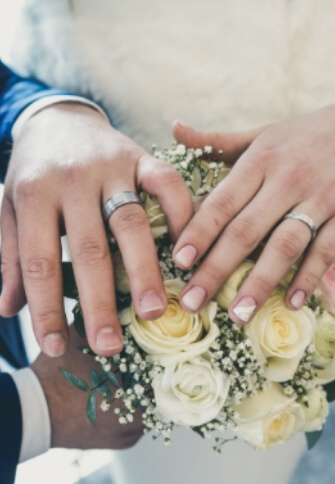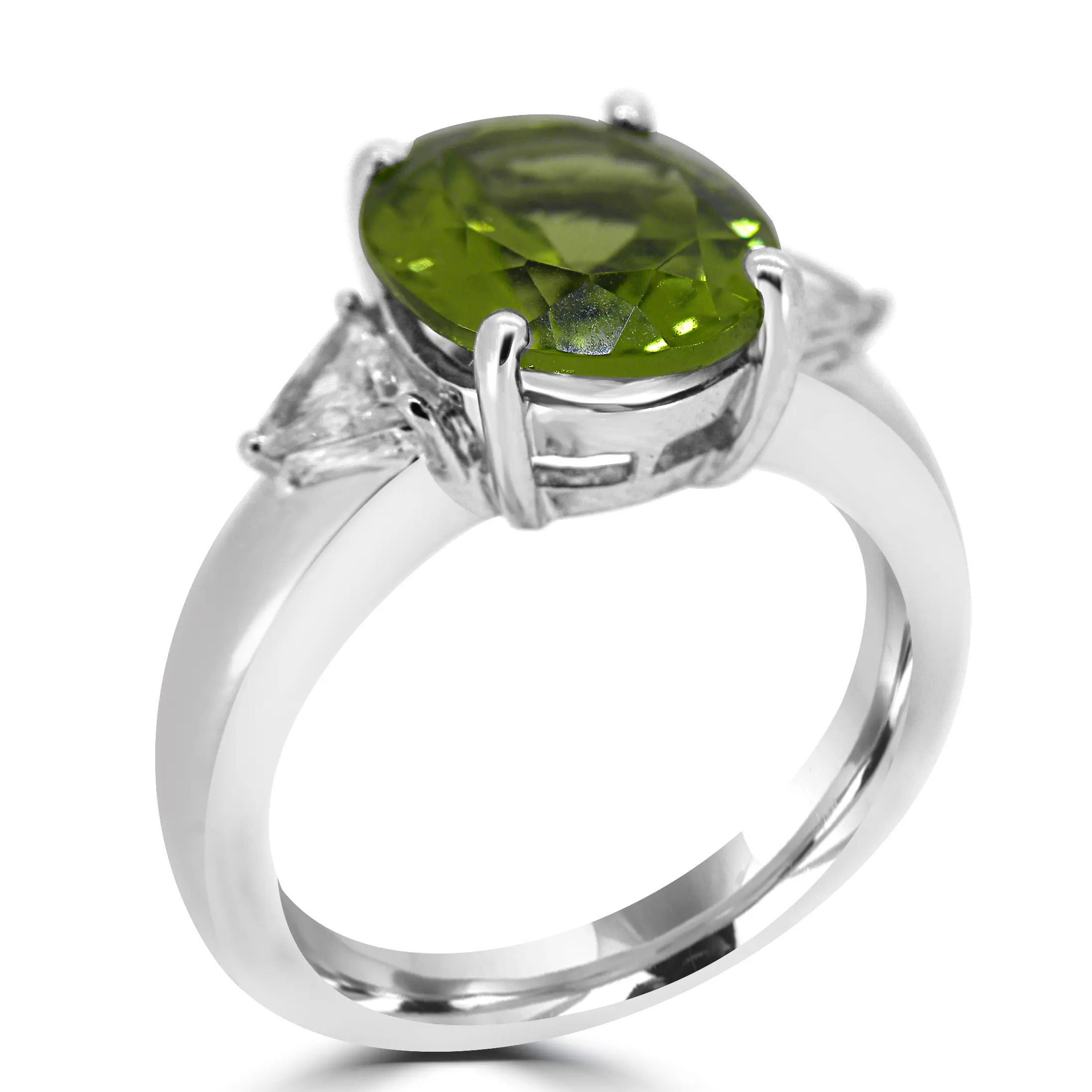Anania Family Jeweller’s Guide to White Gold
White gold is inherently warm in colour, and not dead white like platinum. White gold is not found in nature, since the element from the earth is pure yellow gold (referred to as 24k). In order to achieve a whiter hue, other metals are added to the pure yellow gold.

This combination of metals is called an “alloy.” By definition, 14k gold means that 14 parts of the alloy out of the total 24 parts are gold. The remaining 10 parts in the alloy are other metals.
The other metals depending upon the final colour you’re trying to achieve. For example, 14k yellow gold may have copper, silver, and zinc added so that the yellow colour is lightened, but still maintained.
Rose gold will have more copper so that the coppery hue is achieved. And white gold will have a white metal, such as nickel or palladium added so that the resulting alloy is whiter.
Although the final colour of 14k white gold is whiter than pure yellow gold, 14 parts out of its total 24 parts are still yellow gold. I like to compare it to bucket paint: It’s like adding as much white paint to a bucket of yellow paint as you can.
The resulting colour will look much whiter, but that yellow paint in the bucket still remains. The same is true of white gold; It will appear whiter but its undertone is still yellow gold.
White gold can be quite durable, but you should keep in mind that its hardness also depends on the material’s purity (i.e., its karat).
Alloys that contain more gold as a percentage (i.e., higher-karat ones) tend to be softer than those that have a higher percentage of additional metals.
The rhodium plating commonly found on white gold jewellery protects the actual gold alloy from scratches.
However, this plating itself scratches and does wear off after some time depending on how often the jewellery is worn, and the only way to restore the rhodium layer is to have the piece replaced by a jeweller.







